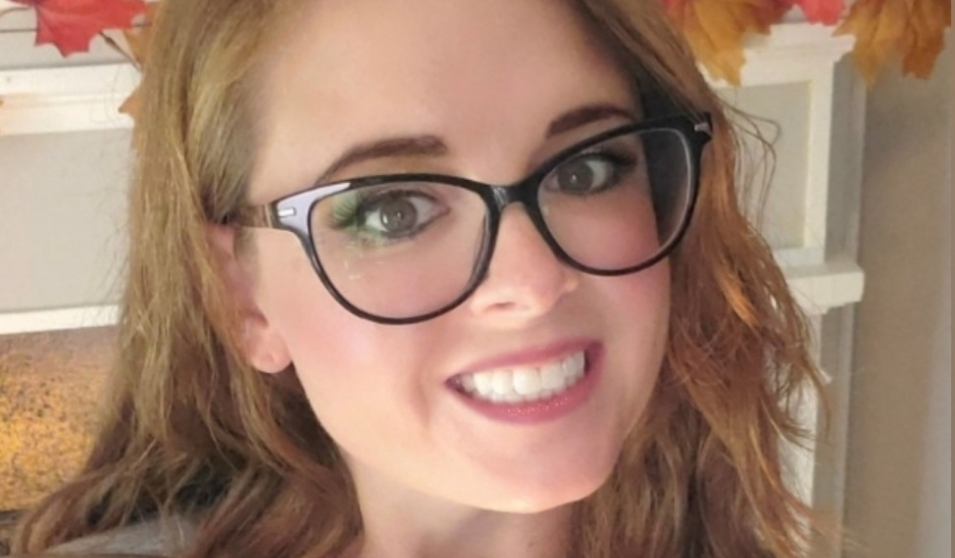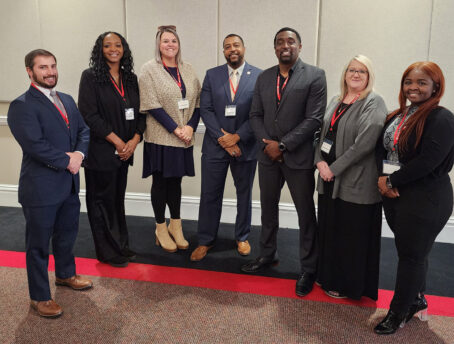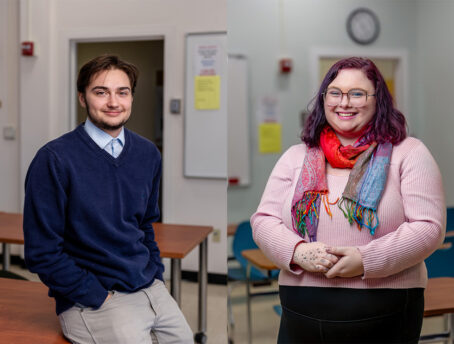Content Warning: Child Homelessness, Teen Pregnancy*
Our lived experiences are some of the most impactful educational experiences in our journey through life, and not all of them are good or easy to manage. As frequently one of the final remaining local institutions in rural areas, our public schools provide a safe source of encouragement and stability students often come to rely on as they navigate life’s trials. Engaging with these students 8 hours a day for 9 months out of the year, teachers have long been the strands that hold this safety net together. Whether it is strictly through a professional dedication to children or empathy from having experienced the same troubles, educators are frequently the front line of support, encouragement, and empowerment for students to rise above their circumstances.
Eighth grade English teacher Chasity Douglas has taught at Meadow View Magnet Middle School in Surry County, NC, for nine years. Teaching in the same area she grew up in, Chasity understands the hard realities that some of her students face, having lived through some of them herself. Chasity finds strength and power in knowing where she came from and working to translate that lived experience into a wellspring of support and care for her students. Chasity’s pathway into teaching is mirrored in a single journey she’s taken with one student, revealing how and why she remains dedicated to the profession:
“I had her in sixth grade, and she had told me that when she was in the fifth grade, she, her mom, and her brothers lived in a car because they had nowhere to go. They had all their clothes in the trunk, and it just kind of broke my heart because when I moved out of my mom's house in high school, I stayed in my car for a week because I didn't have anywhere to go. I was 17 when I went through that, but she was in the fifth grade. We had this program in our school system where we could pick articles and then do strategies with those articles. I found this article about homelessness and I knew I had to use the article because she could relate to it.”
More than just learning facts and skills, education possesses the ability to empower individuals to transform their lives. So when Chasity learned that the same student encountered new struggles, she jumped to advocate that the student take accelerated courses:
“When I had her in eighth grade…I ended up talking to the principal to put her in English One [a ninth grade class]. I said I don't know that she'll get credit, but we've got to give her a shot; we need to enter her in all the high school courses to give her the best chance forward because she's going to be at risk of dropping out.”
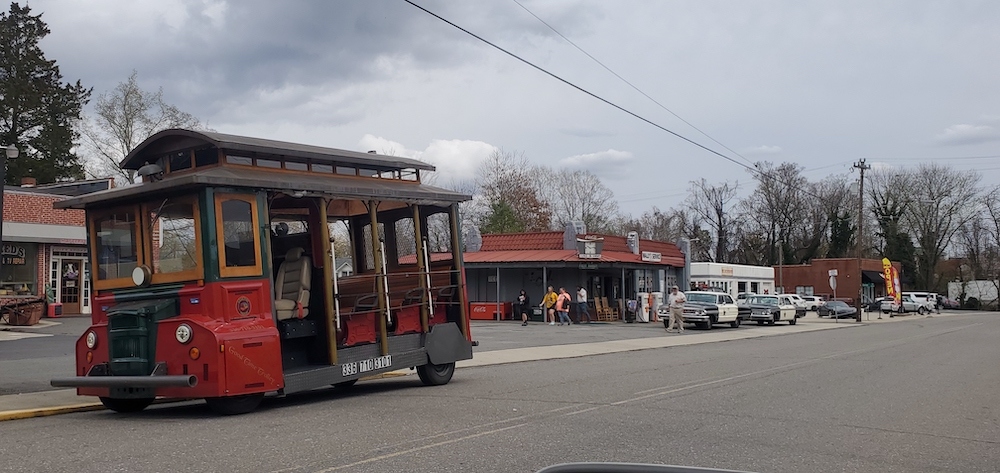
The work and impact of a teacher’s love and dedication does not stop at the classroom door. Chasity likewise remained in contact with this student throughout her journey:
“I just kept this relationship with her because I was really worried that she was going to need support. When her son was born, she called me from the hospital, so I went and I saw them…The baby ended up really sick and needed to go back to hospital so I put them all in my car and we went. I knew she had lots of trouble at home, so she really had no support, so I helped.”
Because of their daily interaction with students, rural teachers are often left to cover for the shortfalls in mental healthcare in many communities. Even for teachers who are able to provide some level of this essential support, this additional responsibility is exhausting in a profession already tasked to do more with less. Yet Chasity emphasizes that it is precisely because these students need this help that she finds purpose and value each day in the classroom:
“Some people don't want to be taken advantage of, but I don't view it that way…You have to do something and if you are not involved then there's no hope at all. I mean, you have to have people that are going to be supportive, and we do have a lot of teachers that do things and get things together for kids.”
Chasity exemplifies this with a recent story of a student whose mother died suddenly, and was abruptly moved to another state: “We got a bunch of money and gift cards together and we sent that off to him. I think that teachers do things like that often, but I also think if you don't have those experiences of growing up in poverty, and you don't have those experiences of dealing with addiction, I think that it's just hard to really have that empathy.”
It is no secret that one of the most admirable dimensions of the teaching profession is the sincere care teachers have for their students. Yet when students are facing challenges that even adults struggle to process, teachers may feel unsure of how to proceed, or outright daunted by the task at hand. “One thing a teacher can do is just to listen,” Chasity advises, “and if you don’t understand, say so. There are kids who go through things and I just say, ‘I’m sorry; I don’t understand. I can’t comprehend how that must feel.’ Students are pretty accepting of that. I think being honest with them and having that open dialogue is important.” She also recommends just “get out in the community. Do home visits; go to their house; see what they’re experiencing.”
To be honest with students, Chasity continues, is also to be unequivocal about recognizing and acknowledging the different privileges or starting points different students have:
“I always tell kids you have two choices: you can keep digging the hole that someone else may have dug even before you were born, or you can start building a ladder to get out of the hole. If you can build a ladder, it takes a lot of work but you can get there and be on that equal playing field. I share how my parents dug a hole for me, and I had to build a ladder to get out.”
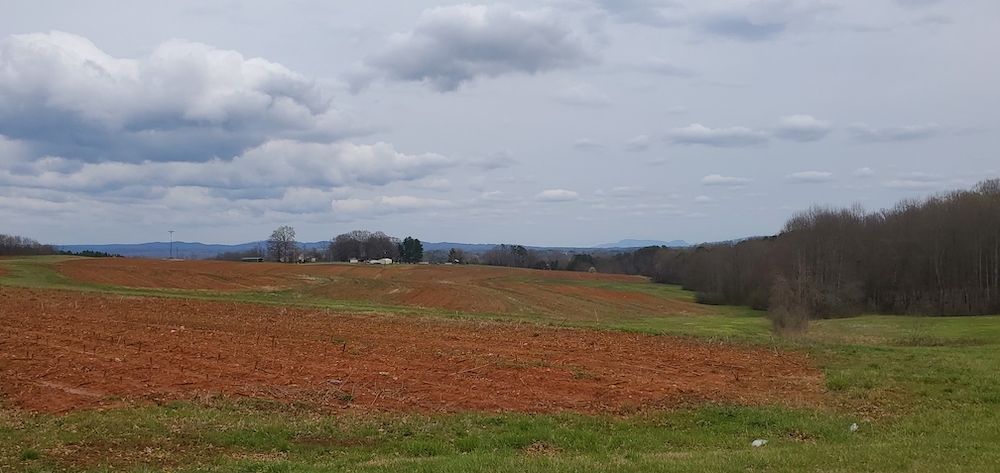
Chasity affirms that all students face challenges, so one responsibility of being a teacher is to try and understand the diversity of students in the classroom, and to connect with them individually: “All kids have to face some type of adversity; it just looks different for everyone. I want kids to face challenges with resilience, and so we as teachers have to model that and we have to push them to their max while knowing what that max is.”
Along with her own experiences as a child, Chasity grounds her work in the belief that all kids are good, and that the teacher can help by being a positive role model and a source of encouragement and empowerment. “I don’t like seeing the things kids go through,” she explains. “I think that you have to try to reach every child and make a difference so that we don’t see these things. A kid can grow up to be a bad adult, but there are no bad kids; kids aren’t bad.”
Investing in students and providing them the space and tools to define their own success in this way is what motivates Chasity in her work: “I'm just passionate about education and making a difference. I think education doesn't have to be college and it doesn't have to be a piece of paper that says you graduated. Education looks different for everybody. I'm just passionate about the kids growing, and changing, and being good. I think that's what really gives me my energy. I get excited seeing them be successful, even if the success is just that they're coming to school.”
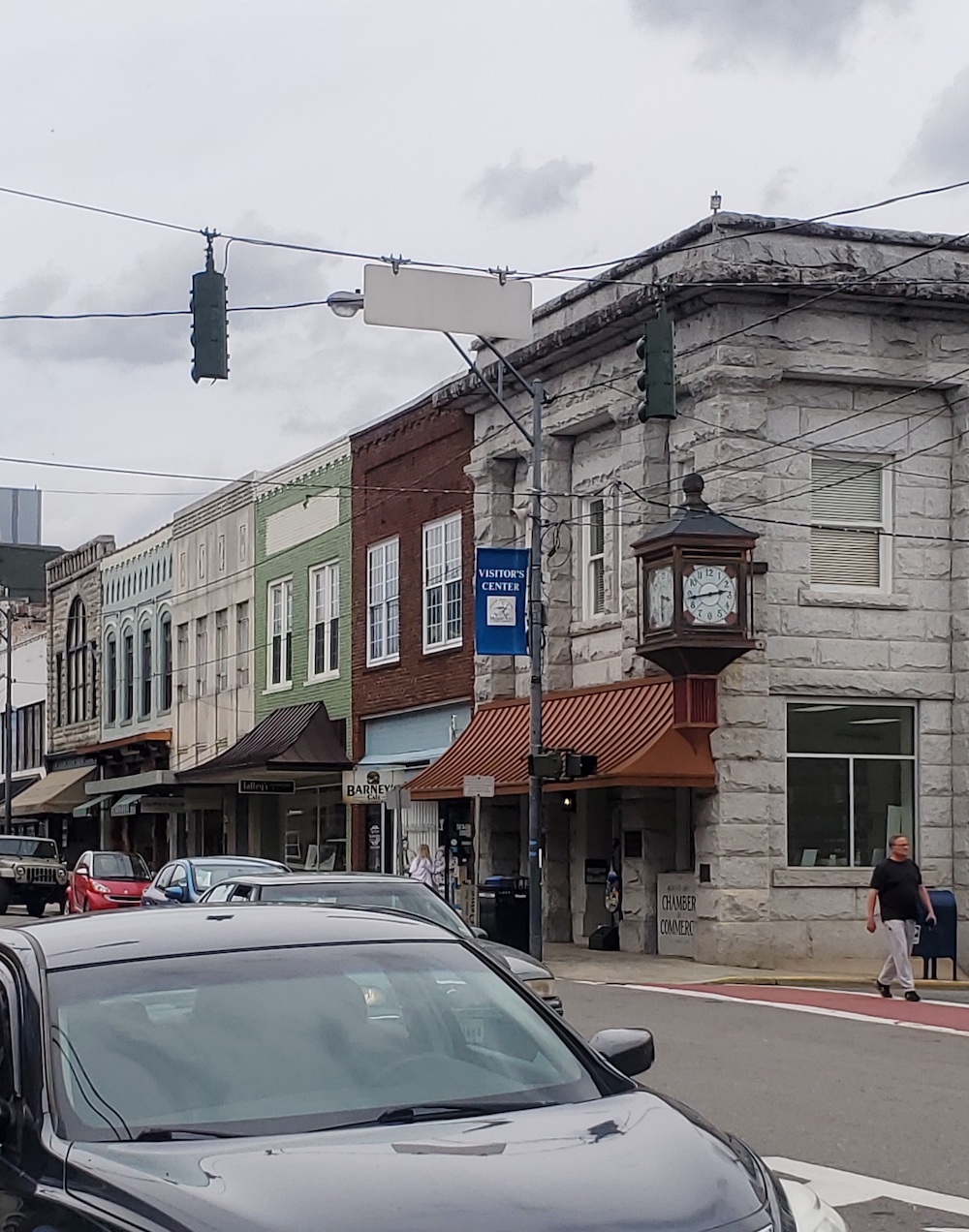
That combined with persistence and patience has enabled Chasity to continue to find pathways for students to achieve an education. She shares about another student “who’s had his third truancy letter this year. He came to school Tuesday, and I asked him why he wasn’t coming to school. He asked if he should say it was because he was quarantined or the other reason. I asked him to tell me the other reason and he replied that he just didn’t want to come to school because he didn’t like school. So, I asked him what he wanted to do when he grew up. He asked if he should say what he wants to do, or what he can do. I said of course what he wants to do, and he said fire investigation but that he’s not smart enough. I reassured him that he was smart, could have been in my advanced class, and even could have been in early college if it weren’t for the absences. I said you’re in eighth grade, so you can move forward, come to school every day, and you can definitely do what you want. Since then, he has been in school the past three days, so this was the first time he’s been in school four days in a row.”
These engaging and personalized interventions, built on a foundation of empathy and determination, are the hallmark of Chasity’s work as a teacher. Exemplary educators like Chasity and countless more fill our rural schools across the country. Even though our school systems were not meant to fully take on the responsibilities they are often asked to assume, teachers are nevertheless providing lifesaving interventions into student lives. By engaging and truly knowing their students, teachers are inspiring them to take hold of their path through life, and to strive to rise above their trials. Chasity closes by stressing that:
“Some of these kids are living in survival mode, some of their parents are living in survival mode…Some of them are trying to figure out how to get their next meal. Some of them are taking care of siblings. So, I think we should encourage students to fight for their dreams and set attainable goals. Sometimes your goal, and I tell kids this, sometimes your goal is to get out of bed and take a shower. I think that there needs to be more to it, you need to explain it's going to be hard, but you have got to fight for your dreams.”
Thank you to Dr. Denny Barr from Western Illinois University for connecting us with Chasity for this impactful story. North Carolina is in our Appalachia Hub headed up by Morehead State University.
*Rural Schools Collaborative seeks to provide truthful accounts of the lives of educators in rural places, and at times that means recognizing the hard realities they face along with the good work they do. Sharing stories of struggle and hardship underscores the imperative need to support our educators and schools as well as highlighting how they nevertheless are persisting to innovate and provide invaluable services to our children and communities. This is the bedrock of our mission to seek sustainable community development through a keen focus on educators, place, and philanthropy.

